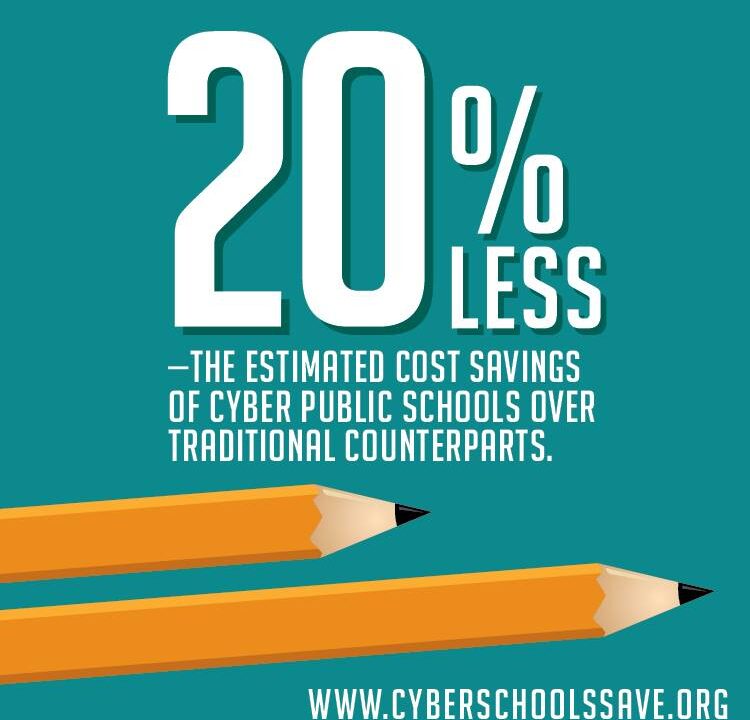Media

Cyber Schools Receive Less Per Student
Pennsylvania cyber schools receive on average about 20 percent less revenue per student than school districts spend.
Like other public charter schools, cyber schools receive funds only when families choose them. A portion of taxpayer dollars allocated for a student’s education in her resident school district follows the child to her new cyber school. Now proposed legislation would cut cyber schools’ funding even further, effectively treating their students like “second-class students.”
Though cyber schools have a different learning model, they have many similar costs to regular public schools. For example, they must still pay for facilities, including administration offices and space for teachers to teach by video, and several offer blended learning centers. But they receive no funding from school districts for their facilities’ costs. They must also provide health services, and their mandated annual PSSA testing can cost the largest cyber schools with thousands of students scattered across Pennsylvania hundreds of thousands of dollars to execute. Cyber schools also offer extracurricular activities and electronic library services that cost money, too.
For more facts on cyber school funding, see Commonwealth Foundation’s latest Policy Memo, and visit Cyber Schools Save to see the success stories of real Pennsylvania cyber students.